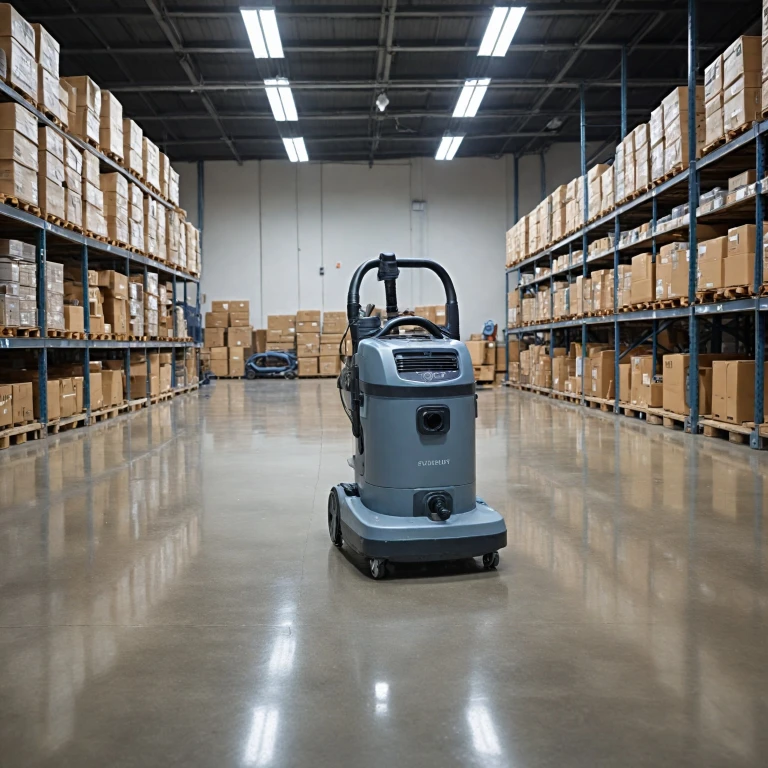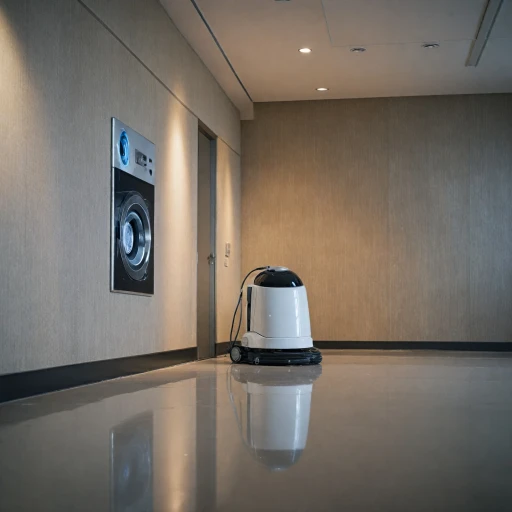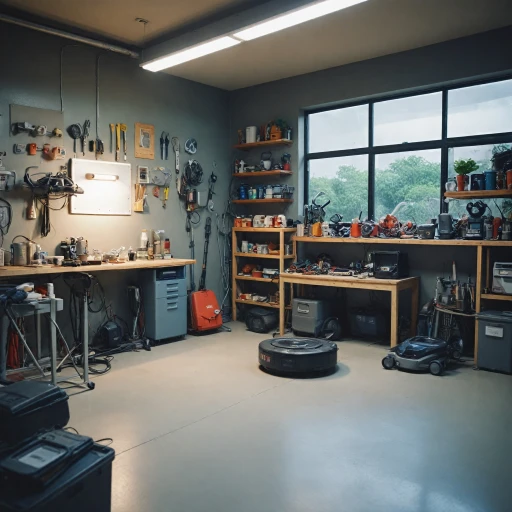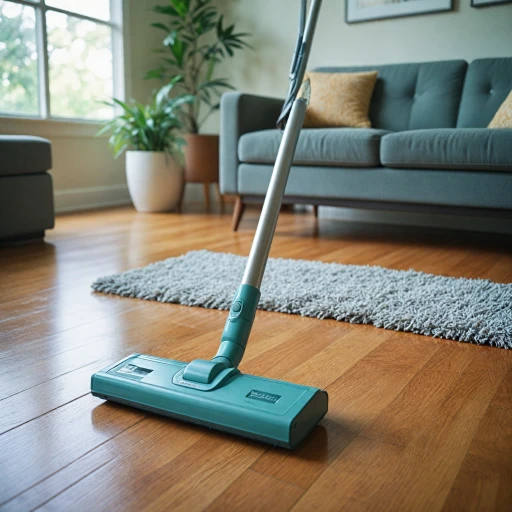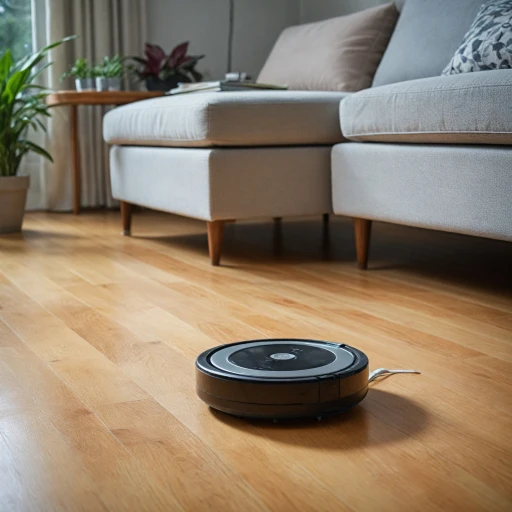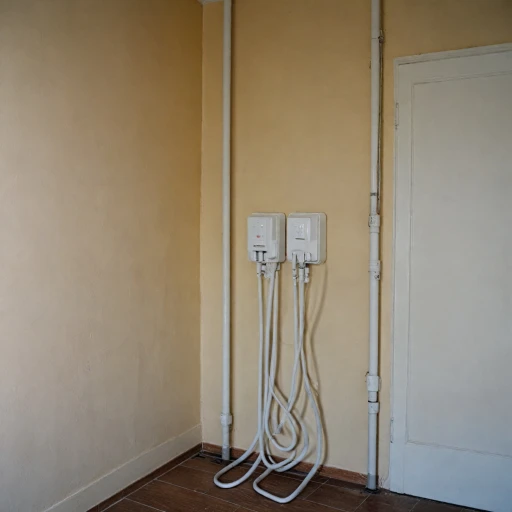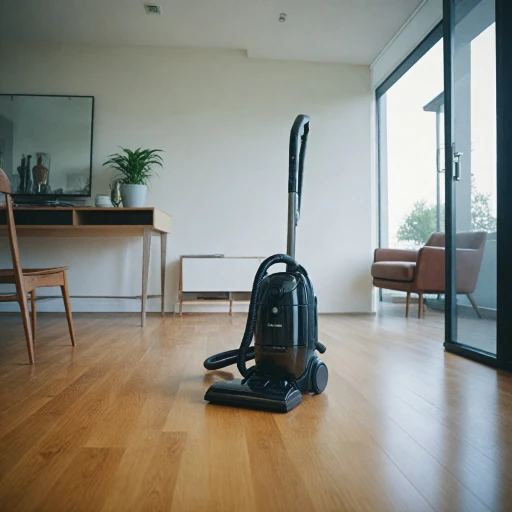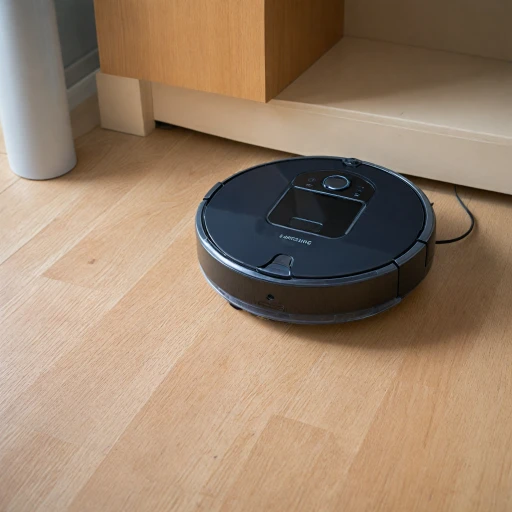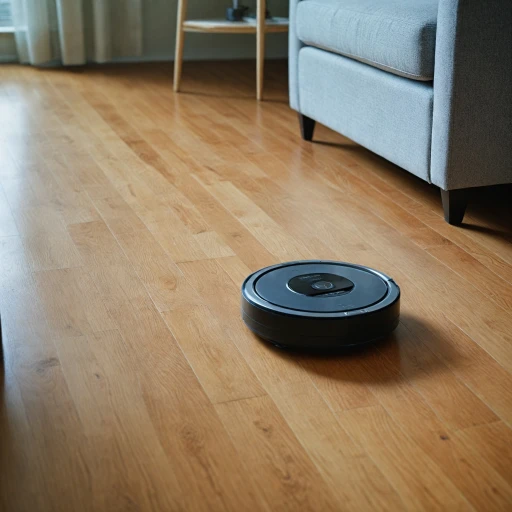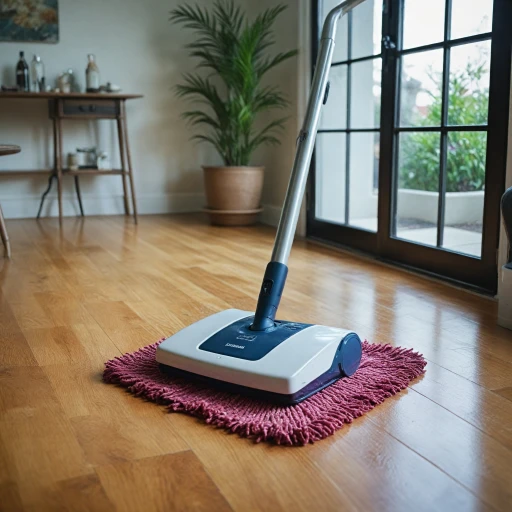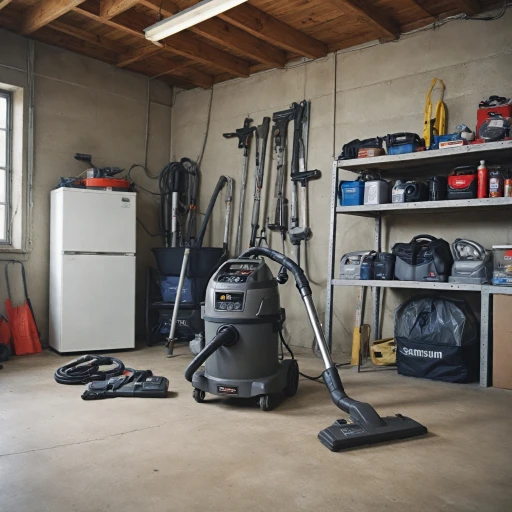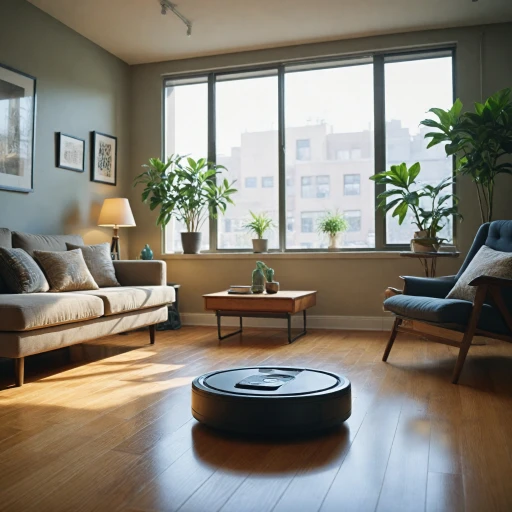
The Evolution of Industrial Vacuum Technology
Tracing the Journey from Traditional to Modern Industrial Vacuum Systems
The evolution of industrial vacuum technology is a fascinating journey that mirrors the broader advances in cleaning systems and machinery. From the early days of traditional upright vacuum cleaners to the sophisticated industrial vacuums we see today, the transformation has been significant. Initially, the focus was on simple dust collection using drum top vacuums and skid mounted systems. These early models were often bulky and lacked the efficiency of modern designs.
As industries grew, so did the need for more powerful and versatile cleaning solutions. This demand led to the development of central vacuum systems and trailer mounted vacuums, which offered enhanced power and capacity. With the introduction of HEPA filters, the ability to tackle silica dust and other fine particles became a reality, marking a significant leap forward in industrial cleaning capabilities.
Today, the landscape of industrial vacuums is dominated by portable industrial vacuums and explosion proof models that cater to specific commercial needs. The integration of advanced technologies, such as automation and IoT, has further refined the efficiency of these systems. As we delve deeper into the features and benefits of these modern marvels, it's essential to appreciate their roots and the innovations that have paved the way for their current state. For a broader perspective on how these systems have adapted to various environments, you can explore the versatility of cordless wet and dry vacuums.
Key Features of Industrial Robot Vacuums
Technology That Powers Industrial Robot Vacuums
Industrial robot vacuums are transforming how businesses approach cleaning in large-scale environments. These powerful machines are designed with features that cater specifically to industrial needs. The technology backing these devices is robust, focusing on efficiency and efficacy in cleaning dust, debris, and various industrial residues.
One critical component is the inclusion of HEPA filters. High-Efficiency Particulate Air filters ensure that even the finest dust particles are trapped, preventing them from being released back into the air. This feature is crucial, especially in environments where silica dust and other harmful particles are prevalent. Companies can rely on these systems to maintain air quality standards.
Another notable feature is the adaptability in size and functionality. These vacuums range from portable designs to larger, more stationary products like skid mounted or trailer mounted systems. Commercial upright models and traditional upright cleaners also find their place in the industrial arena. Each type is tailored to specific cleaning tasks—from targeted vacuum cleaner jobs to comprehensive industrial vacuum systems.
When considering the ultimate guide to choosing the right industrial vacuum, be sure to view details on the power output and suction capabilities. Higher power levels generally indicate better performance, especially in heavy-duty environments. Furthermore, explosion-proof models are available for industries dealing with hazardous materials, ensuring safety and compliance with industry standards.
Finally, the implementation of central vacuum systems in industrial environments facilitates efficient cleaning operations. These systems link multiple vacuums to a central unit, streamlining operations and minimizing downtime. The innovations and future trends in this field are continually evolving, with manufacturers focusing on enhancing automation and robotics integration to meet the escalating demands of industrial cleaning.
Challenges in Industrial Environments
Overcoming Obstacles in Industrial Settings
Industrial environments present a unique set of challenges for modern cleaning technologies like robot vacuums. These settings typically involve handling various debris types, ranging from fine silica dust to larger particulates generated by heavy-duty operations. Ensuring efficient vacuuming in such spaces demands robust industrial vacuum systems that can withstand harsh conditions and deliver powerful suction capabilities.
One prominent challenge is the sheer size and complexity of industrial sites. Facilities often require trailer mounted or skid mounted vacuum systems that can navigate vast areas without frequent supervision. Moreover, these large-scale operations demand seamless integration with existing cleaning protocols, which can sometimes lead to compatibility issues with traditional vacuum systems.
The presence of hazardous materials introduces another layer of complexity. For instance, managing and safely collecting dust, especially hazardous materials like silica dust, necessitates specialized vacuums equipped with HEPA filters. These HEPA vacuum cleaners ensure that harmful particles do not re-enter the workspace, safeguarding worker health and maintaining compliance with occupational safety regulations.
Additionally, the need for versatility is crucial in industrial environments. Portable industrial vacuums that offer the flexibility to switch between different cleaning modes, like drum top and upright configurations, enable operators to address a variety of cleaning needs efficiently.
Price considerations also play a significant role in the adoption of these advanced cleaning solutions. Businesses must evaluate the price sale and price stock of these products, factoring in both the initial investment and long-term maintenance costs to ensure a sustainable solution. While the market offers numerous products at varying price points, choosing quality over cost is essential to achieving reliable and durable performance in tough industrial settings.
Ultimately, addressing these challenges requires a thorough understanding of the intricacies involved in industrial cleaning and a strategic approach to selecting the right vacuum cleaner tailored for these demanding environments.
Benefits of Using Robot Vacuums in Industrial Settings
Advantages of Implementing Robot Vacuums in Large Scale Operations
The presence of industrial robot vacuums in large-scale operations brings several advantages that elevate cleaning standards to new heights. One noteworthy benefit is the ability to handle massive volumes of dust and debris efficiently. This is particularly important in environments like manufacturing, where dust and particles can hinder operations and pose health risks. Industrial vacuum systems are often equipped with HEPA filters, which play a crucial role in capturing fine particles, including silica dust, offering a safer and cleaner workspace. These filters are especially vital in settings where fine particulate matter is prevalent and could compromise air quality if not managed correctly. Moreover, the power of these vacuums cannot be overstated. Unlike traditional upright vacuum options, industrial vacuums are built to deliver extensive cleaning power, capable of tackling tough dirt on a variety of surfaces. This allows them to outperform conventional vacuum cleaners in industrial settings, reducing the need for frequent maintenance and extending the lifespan of the cleaning equipment. Robot vacuums also enhance productivity by freeing up human resources to focus on other critical tasks. This transition from manual to automated cleaning methods ensures that more time is available for other important processes, thereby optimizing operations and potentially leading to cost savings in the long run. Furthermore, with the adaptability of skid mounted and trailer mounted designs, these systems can be transported and employed across various locations within the same industrial environment. This flexibility further underlines their value, making them an indispensable element within modern industrial cleaning operations. These are just a few of the benefits that make industrial robot vacuums an essential component of modern cleaning systems. By understanding the key features and challenges they address, stakeholders can make informed decisions about which products best suit their specific needs and budget constraints.Innovations and Future Trends
Cutting-Edge Innovations in Industrial Robot Vacuum Technology
In recent years, advancements in industrial vacuum technology have driven the development of more efficient and powerful robot vacuums. Manufacturers continually optimize these products to tackle the complex needs of commercial and industrial cleaning environments. Here are some of the key innovations reshaping the industry:- HEPA Filtration Systems: High-Efficiency Particulate Air (HEPA) filters are becoming a staple in industrial vacuums, as they efficiently capture and trap harmful particulates like silica dust. This innovation not only enhances cleaning capabilities but also ensures safer air quality in commercial settings.
- Improved Navigational Capabilities: Autonomous navigation technology allows robot vacuums to move seamlessly through complex environments. Advanced sensors, coupled with Artificial Intelligence (AI), enable vacuums to map spaces accurately, adapt to dynamic floor plans, and avoid obstacles.
- Enhanced Power and Performance: Modern industrial vacuums boast increased power, accommodating substantial cleaning requirements with fewer interruptions. Features like skid-mounted systems and trailer-mounted models offer added versatility for diverse applications.
- Integration of IoT Systems: The Internet of Things (IoT) allows industrial robot vacuums to connect with centralized systems for real-time monitoring and remote control. This connectivity enhances operational efficiency and provides data analytics for better maintenance planning.
- Upright and Portable Designs: While traditional upright vacuums are commonly used in home settings, industrial versions are now portable and adaptable, making it easier to deploy them across various sites without compromising performance.
Choosing the Right Industrial Robot Vacuum
Making the Right Selection for Your Industrial Needs
When it comes to selecting the perfect industrial robot vacuum, there are several factors to consider that will ensure optimal performance and return on investment. The advancements in vacuum systems have led to a variety of configurations and features, each suited for specific environments and cleaning tasks.
Assess the Environment: Industrial settings can vary greatly; the choice between options such as skid mounted, trailer mounted, or central vacuum systems should align with the facility layout. Consider the type and volume of dust and debris commonly present. Silica dust and other fine particles might require vacuums equipped with HEPA filters to ensure thorough cleaning.
Evaluate Key Features: With a wide array of products available, focus on features that meet your cleaning requirements. For instance, explosion-proof systems might be necessary in environments with hazardous materials. Additionally, consider the power and capacity of the vacuum cleaner. Products such as drum top vacuums and traditional upright cleaners offer different advantages based on the cleaning scope.
Consider Operational Efficiency: Review details regarding the price, power conservation, and maintenance requirements of the products under consideration. The operational costs associated with various vacuums, from portable industrial units to more robust upright vacuums, can influence the total cost of ownership. Furthermore, evaluate whether a commercial upright or an industrial vacuum would best fulfill both daily and intensive cleaning duties.
Examine Customer Reviews and Industry Feedback: Gathering feedback from other users in similar industrial environments can provide invaluable insights into the vacuums' performance and reliability. This qualitative information often supplements the technical details provided by manufacturers, helping you to form a comprehensive view of how a product will perform in practice.
Taking these factors into account will guide you towards the most suitable industrial vacuum for your needs, ensuring a well-maintained environment and optimizing your cleaning processes both now and in the future.
